Blog posts tagged with tracking
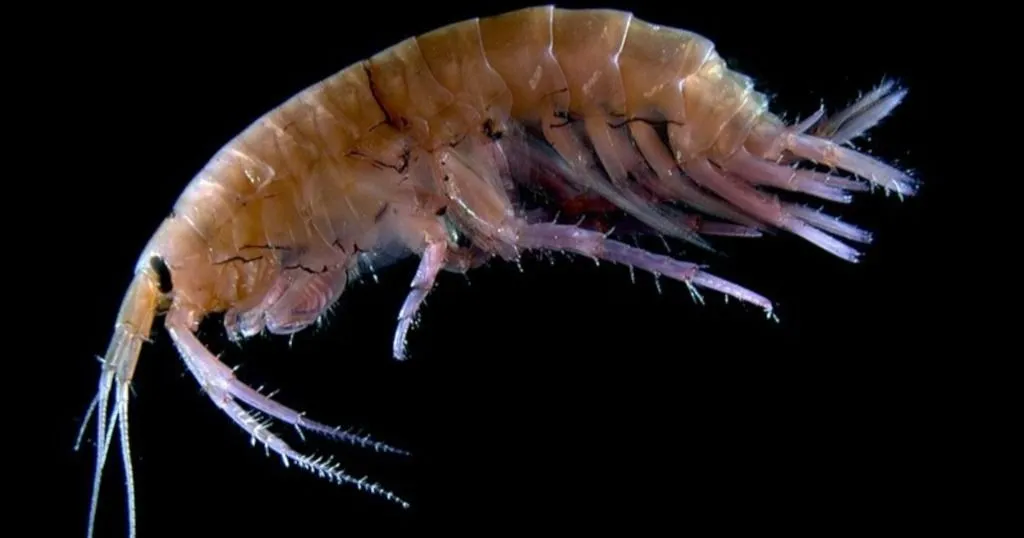
08 Apr
animal behavior research
Other (Animal)
Nearly impossible to video track: small shrimp
Gammarus shrimps are exceptionally difficult to track, but Noldus solved the puzzle, resulting in interesting insights into its ecology.
16 Mar
animal behavior research
Other (Animal)
Livestock Research: Tracking sheep to learn their behavior
We recently installed TrackLab at Aberystwyth University in Wales, UK, for the tracking and detailed analysis of the spatial behavior of sheep.
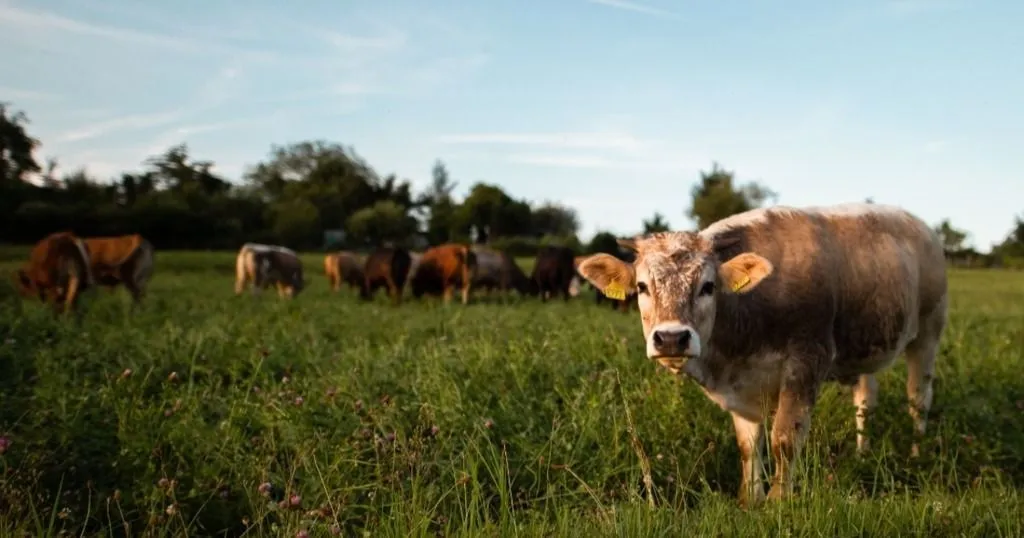
24 Feb
animal behavior research
Other (Animal)
How does heat stress affect the health and welfare of dairy cows?
When environmental temperatures rise, livestock animals, such as dairy cows, are vulnerable to heat stress. Researchers Polsky and von Keyserlingk reviewed how heat stress affects animal productivity, health, and welfare.
21 Nov
animal behavior research
Other (Animal)
Tracking chickens: A promising approach for identifying feather-peckers
Manually observing chickens in barns is a tedious job to which ultra-wideband tracking offers a solution. But does it interfere with normal behavior?
26 Sep
animal behavior research
Other (Animal)
Video tracking for high-throughput screening of plant resistance to thrips
A thrips is a tiny insect that can have a not-so-tiny effect on plants. A lot of research is currently carried out on how to get rid of these creatures.
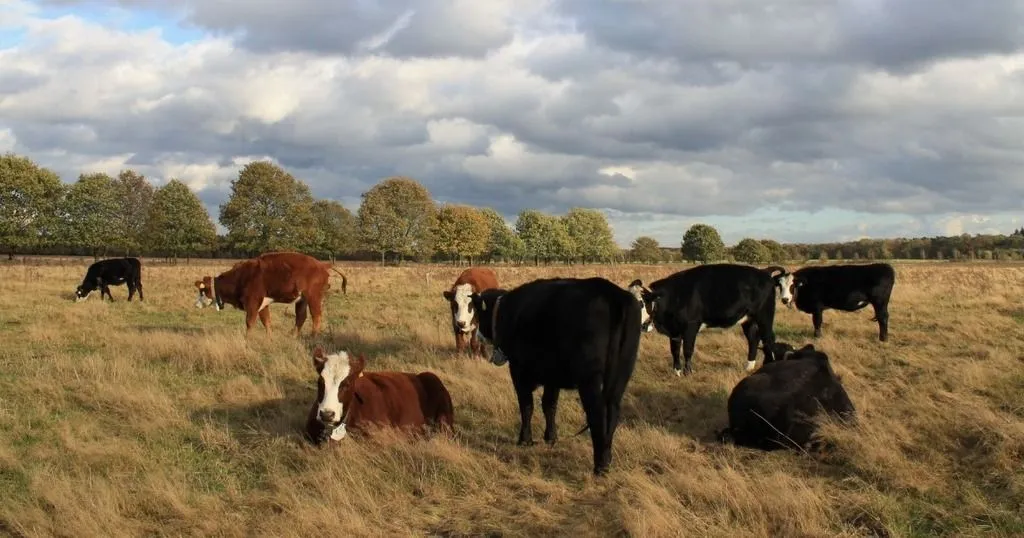
11 Feb
animal behavior research
Other (Animal)
4 Cool cow facts
The investigation of movement, activity, and behavior of animals in stables gives great insight. Read this blog to learn more about that, but also about cow behavior in paddocks.
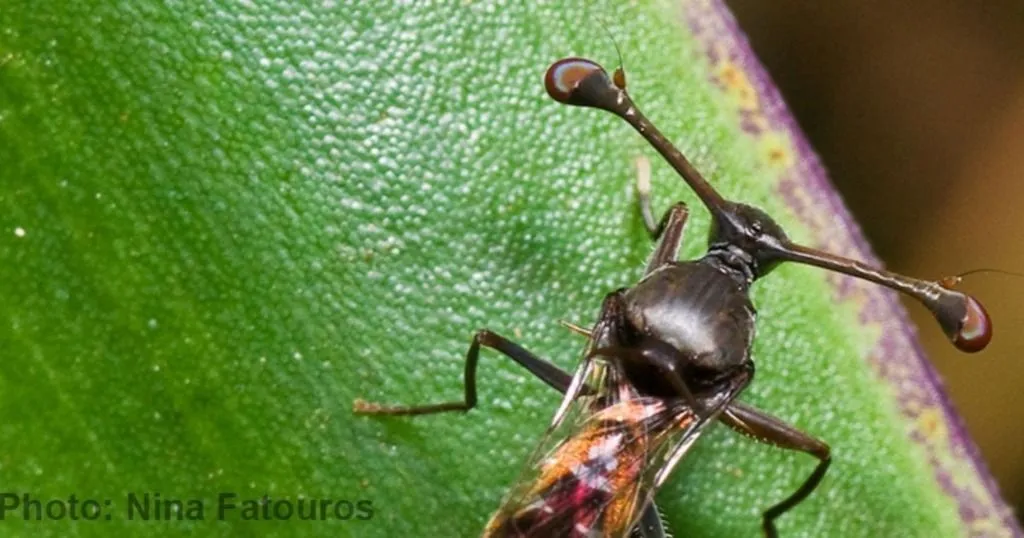
20 Aug
animal behavior research
Other (Animal)
Bigger is not always better: hypothesis testing in sexual evolution
Sexual selection can lead to fascinating phenomena. We are all familiar with the fabulous color display of male peacocks to attract females. Less well known, but definitely not less interesting, are stalk-eyed flies.
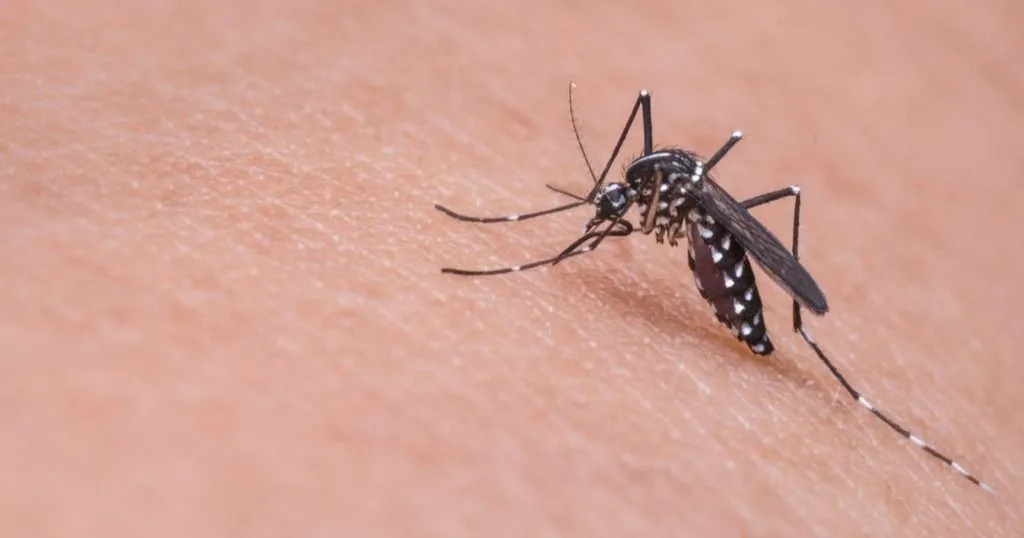
13 Oct
animal behavior research
Other (Animal)
Smelly feet and heat – how malaria mosquitoes find their hosts
It seems that mosquitoes use human body odor to locate suitable hosts, and different people smell differently to mosquitoes.
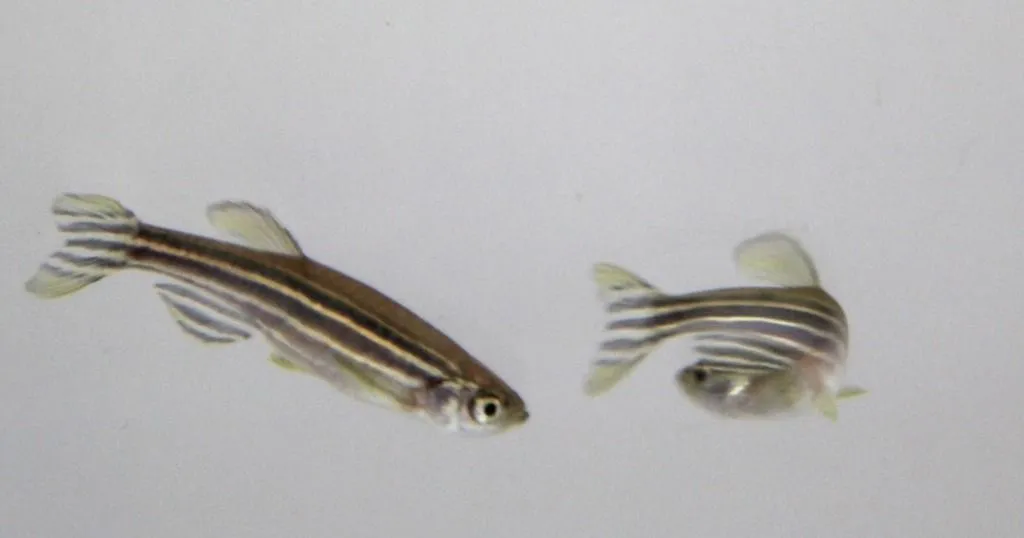
23 Sep
animal behavior research
Zebrafish Research
How zebrafish and optogenetics are great for investigating stress
By this point, we do not need to tell you how popular zebrafish are. We also probably do not need to point out the great technological advances that are being made in research because of the use of optogenetics.